Embark on a cruise along the Rio Negro and the Amazon, Latin America’s majestic river that criss-crosses Peru, Colombia and Brazil before flowing into the Atlantic Ocean. With a length of 6,992 kilometres, it is the longest river in the world, having long disputed 1st place with the Nile (6,700km).
Venturing deep into the Amazonian wilderness, the river’s course leads to a multitude of unexpected encounters in a mysterious land that has yet to be explored.
Discover the highlights of a cruise along the Rio Negro and the Amazon, in the heart of the “Lung of the Planet“.
Rio de Janeiro
World-renowned for its beauty, vibrant culture and festive celebrations, Rio de Janeiro is one of Brazil’s must-see cities. Its natural beauty is reflected in the legendary beaches of Copacabana and Ipanema, symbols of Rio’s seaside lifestyle and an invitation to relax. Nestled between the Atlantic Ocean and the Serra do Mar mountains, the iconic silhouette of Sugarloaf – offering breathtaking views over Guanabara Bay – and the statue of the imposing Christ the Redeemer perched atop Mount Corcovado stand majestically over the city.
Famous for its Carnival celebrations in February, the city is no exception during the other months of the year. The birthplace of Samba and Brazilian music, the city’s nightlife is lively and rich in musical tradition, while the Cariocas (Rio’s inhabitants) are known for their energy, joie de vivre and unfailing hospitality.
Rio de Janeiro is a city that awakens all the senses, offering a unique blend of natural splendour, bustling city life and Brazilian culture.
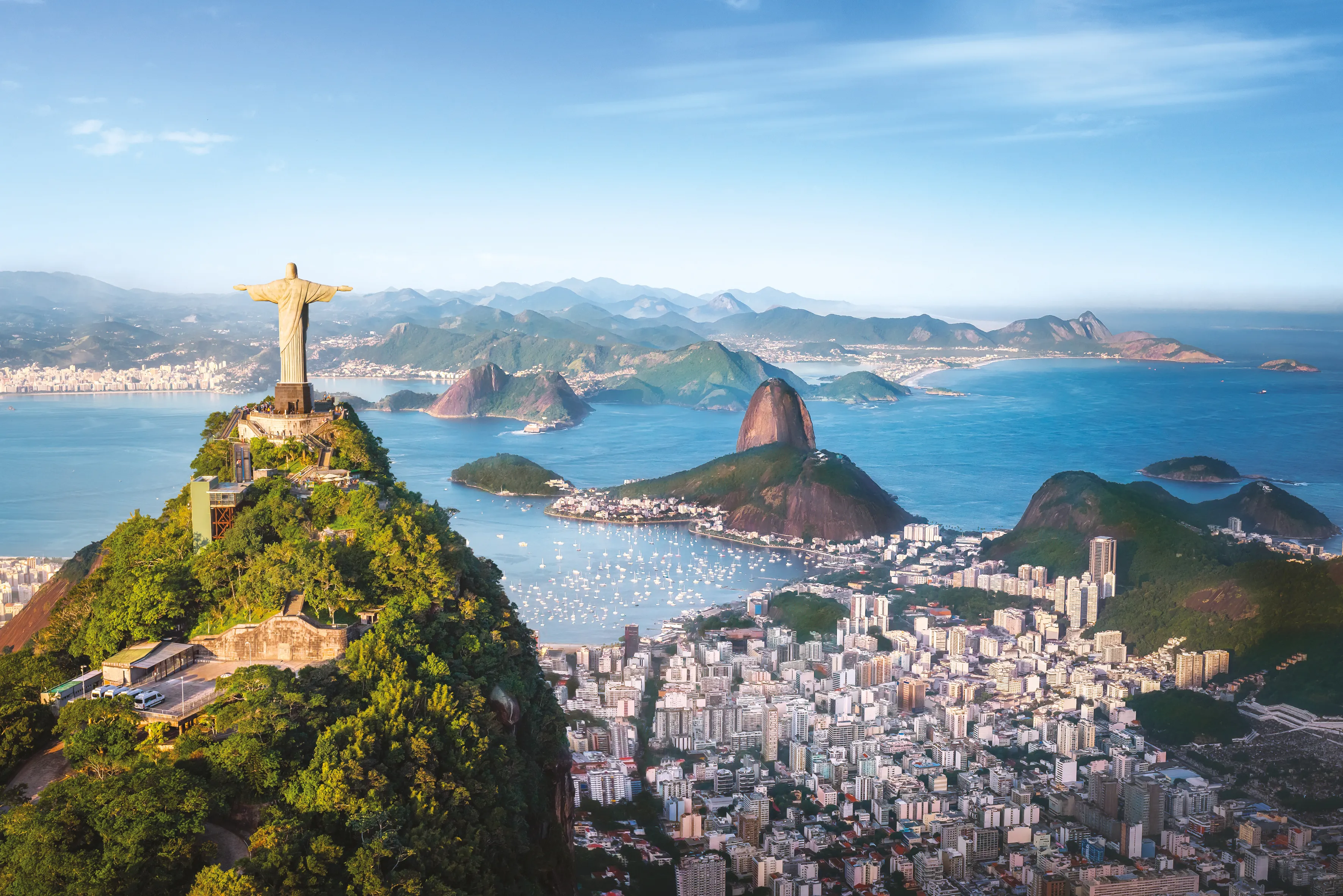
Meet the flora and fauna
The world’s largest rainforest, the Amazon is also known as “The Lung of the Planet” for the vital role it plays in regulating the global climate. Its biodiversity makes it one of the world’s most precious and fragile ecosystems. It is home to over 1,300 species of birds, ranging from multi-coloured macaws to toucans, and emblematic mammals such as the jaguar, puma, tapir and capybara, as well as a variety of monkeys and sloths.
The area’s tropical climate makes it a haven for many reptiles and amphibians, from the anaconda to the black caiman and a multitude of colourful frogs. The rivers of the Amazon, meanwhile, teem with a variety of fish and the famous Amazon pink dolphin, while countless insects such as army ants, Morpho butterflies and thousands of species of beetle find refuge in the rainforest.
An incomparable diversity of plants of all kinds makes up this wildlife-friendly environment. Giant trees up to 60 meters tall dominate the Amazon canopy, while tree ferns and lianas create a unique plant density. Renowned for its medicinal plants, many tribes treat various ailments using forest plants and their ancestral knowledge. The Amazon is also home to a dazzling variety of orchids, with over 2,000 listed species, and its rivers abound with aquatic plants such as giant water lilies and floating plants like the water hyacinth.
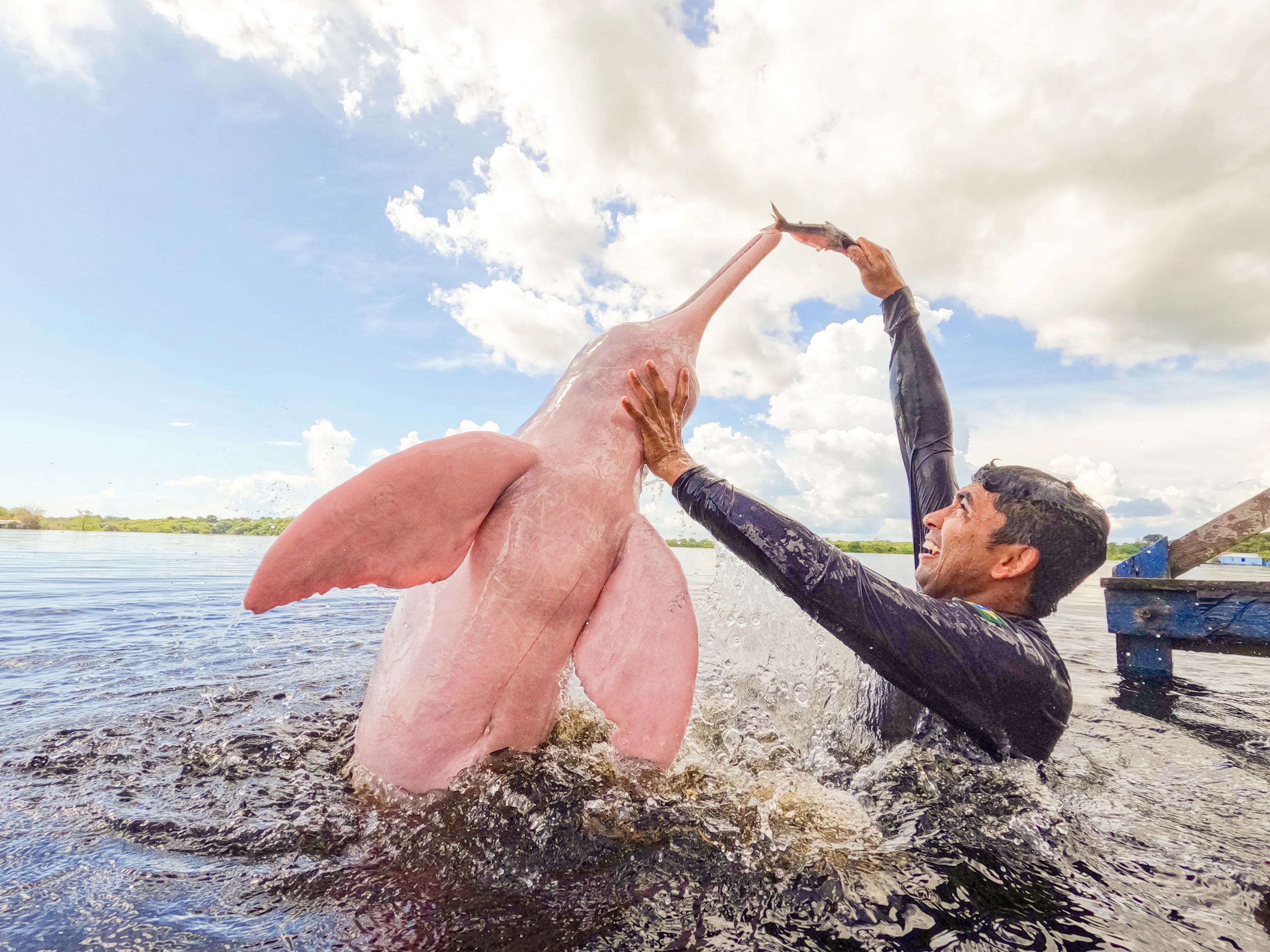
Encounters with indigenous peoples and Amazonian traditions
The local people and communities are culturally diverse, with varied lifestyles adapted to the unique environment of the rainforest. Many indigenous communities live in the Amazon, each with their own language, culture and way of life. Closely linked to the forest, their resources depend on it, and they live mainly from fishing, hunting and traditional agriculture. Many communities use natural materials to build their homes, mainly on stilts to withstand the climatic conditions and flooding of the forest.
Indigenous peoples have ancestral knowledge of Amazonian flora and fauna, and use many techniques and plants for medicinal purposes.
The region’s inhabitants, their relationship with nature and their traditional lifestyles play an essential role in preserving this fragile yet precious ecosystem.
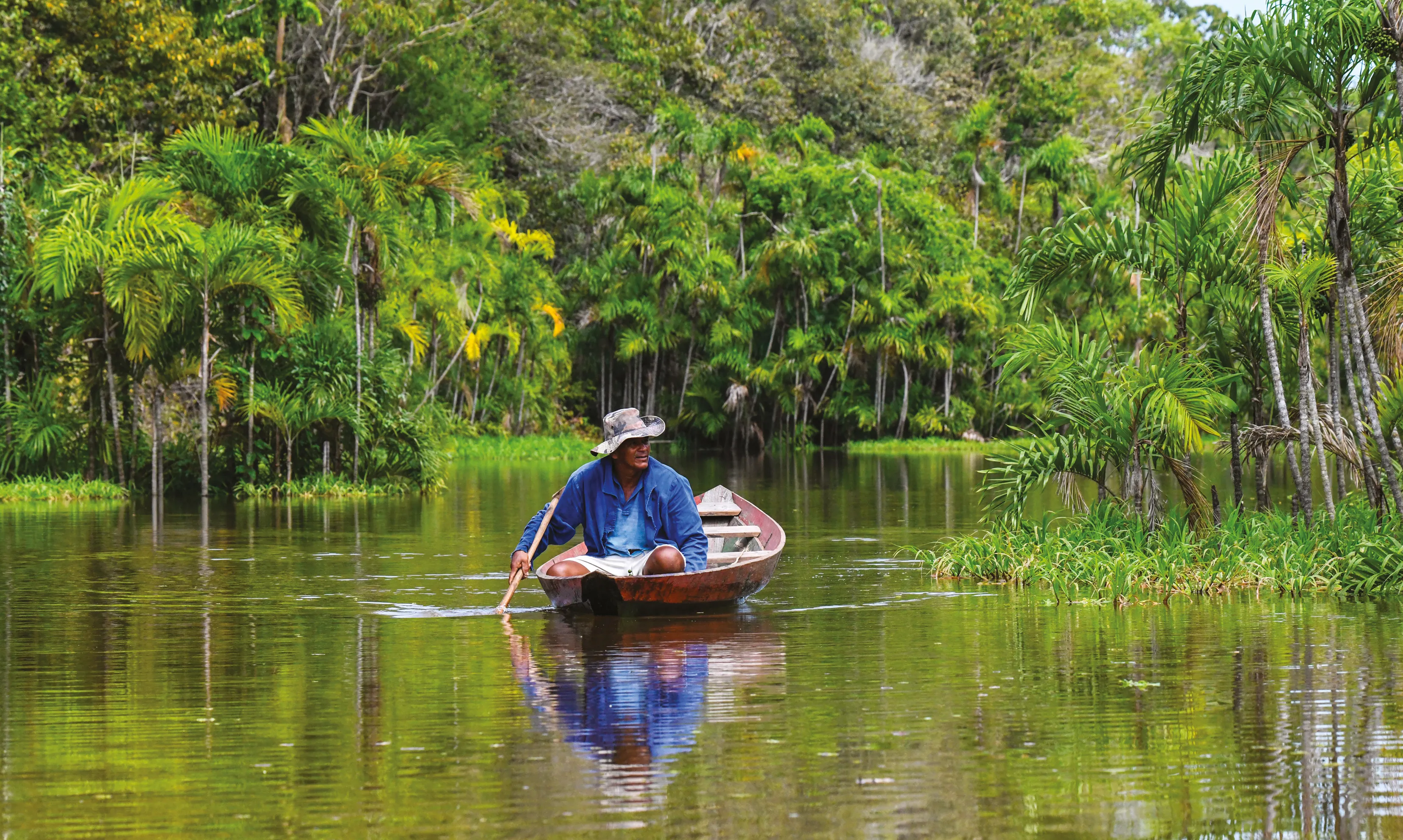
The Anavilhanas Archipelago
The Anavilhanas Archipelago is a group of river islands located in the Amazon basin on the Rio Negro river, not far from the city of Manaus in Brazil. Remarkable for its unique nature, it plays an essential role in preserving biodiversity. These hundred or so islets and canals extend over a vast area and are covered with dense tropical vegetation formed from an accumulation of sediment and plant debris on a rocky base. These islets are home to an exceptional and impressive biodiversity of plant, animal and aquatic species, as the flooded forests are so rich in species specific to this environment. As part of its conservation efforts, most of the archipelago is part of the Anavilhanas National Park, which has become a must-see destination for green tourism, allowing visitors to observe exotic birds and other species while exploring the narrow channels between the islands.

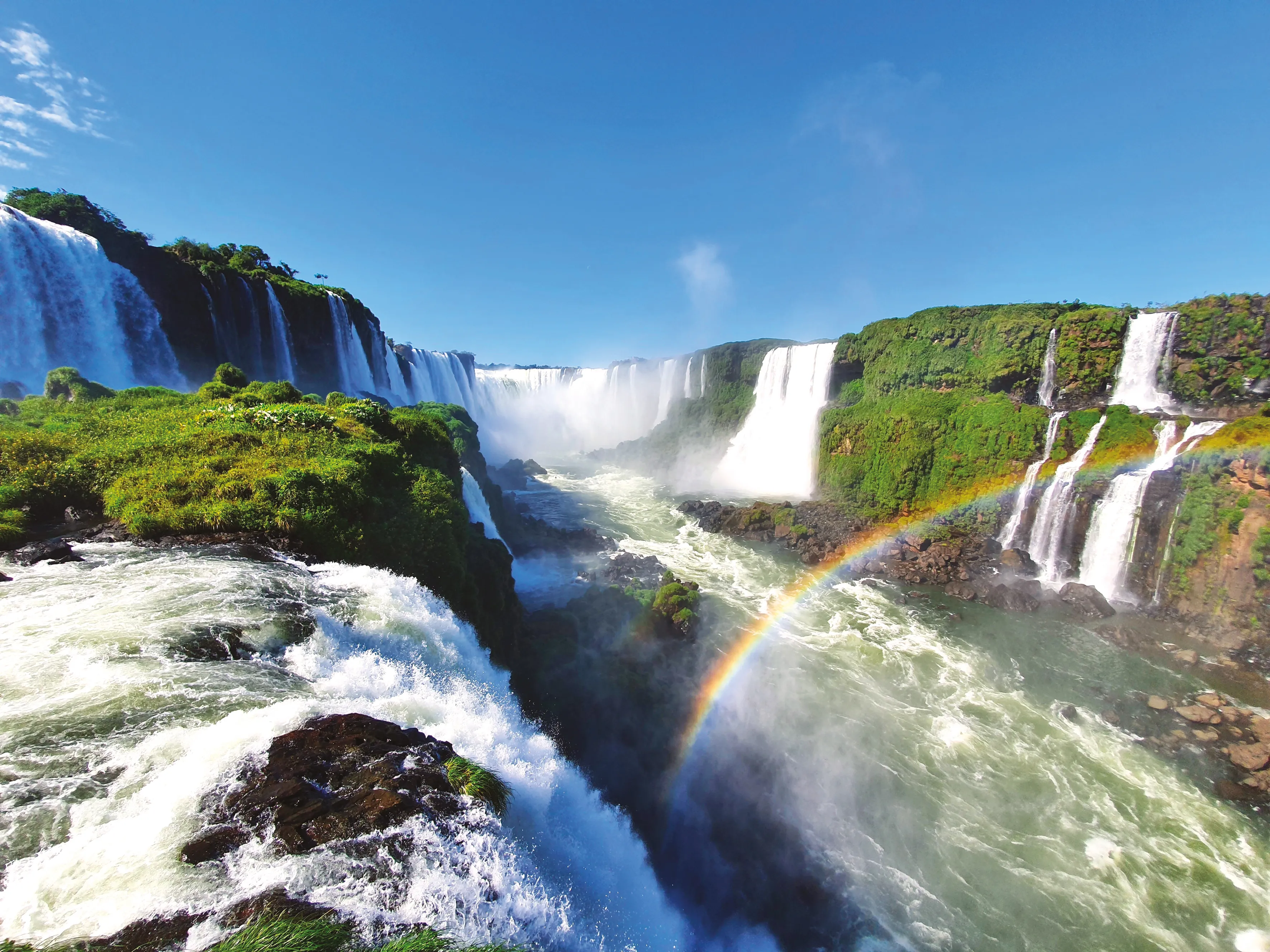
Iguaçu National Park
On the border between Brazil and Argentina, one of the world’s most impressive waterfalls spans the border between the two countries before flowing into the Iguaçu River that naturally separates them. Listed as a UNESCO World Heritage Site, this natural wonder stretches for almost 3 kilometres and is made up of some 275 waterfalls, which together form an aquatic amphitheatre offering a breathtaking spectacle of power and beauty. The most famous of these is on the Argentine side, the Garganta del Diablo (Devil’s Throat). At a height of 80 meters, an elevated walkway allows visitors to step over the tumultuous waters, offering a spectacular view of the waterfall. The Iguaçu Falls are a true sensory experience, combining the beauty of the unforgettable spectacle with the deafening roar and crash of the constantly moving waters.
In the vicinity of the falls, the Iguaçu National Park is home to an incredible biodiversity. The subtropical forest in this area is rich in flora and fauna, including some unique species. In recognition of the ecological importance and exceptional beauty of this area, the site was designated a UNESCO World Heritage Site in 1986.
Numerous trails have been laid out in the heart of the park to enable visitors to explore the rainforest and enjoy breathtaking views of the falls, with numerous observation platforms to fully appreciate the power and grandeur of the site and its breathtaking panoramas. The Iguaçu Park offers an unforgettable experience combining encounters with a diverse fauna and breathtaking landscapes in the heart of a unique ecosystem.
The Amazon from its majestic river
Discovering the Amazon from its rivers is probably the best way to venture into this region and explore the mysteries of the Rio Negro and the Amazon. Sailing along these rivers offers a unique experience in the heart of unspoilt wilderness, with panoramic views of lush tropical forests, winding rivers and abundant biodiversity.
Navigation on the Rio Negro is particularly conducive to animal encounters with an incomparably rich fauna; touching moments suspended in time. On the Amazon, you’ll discover the daily life of the inhabited part of this jungle, with scenes of life as you sail past villages built on stilts, floating markets and a freshwater archipelago.
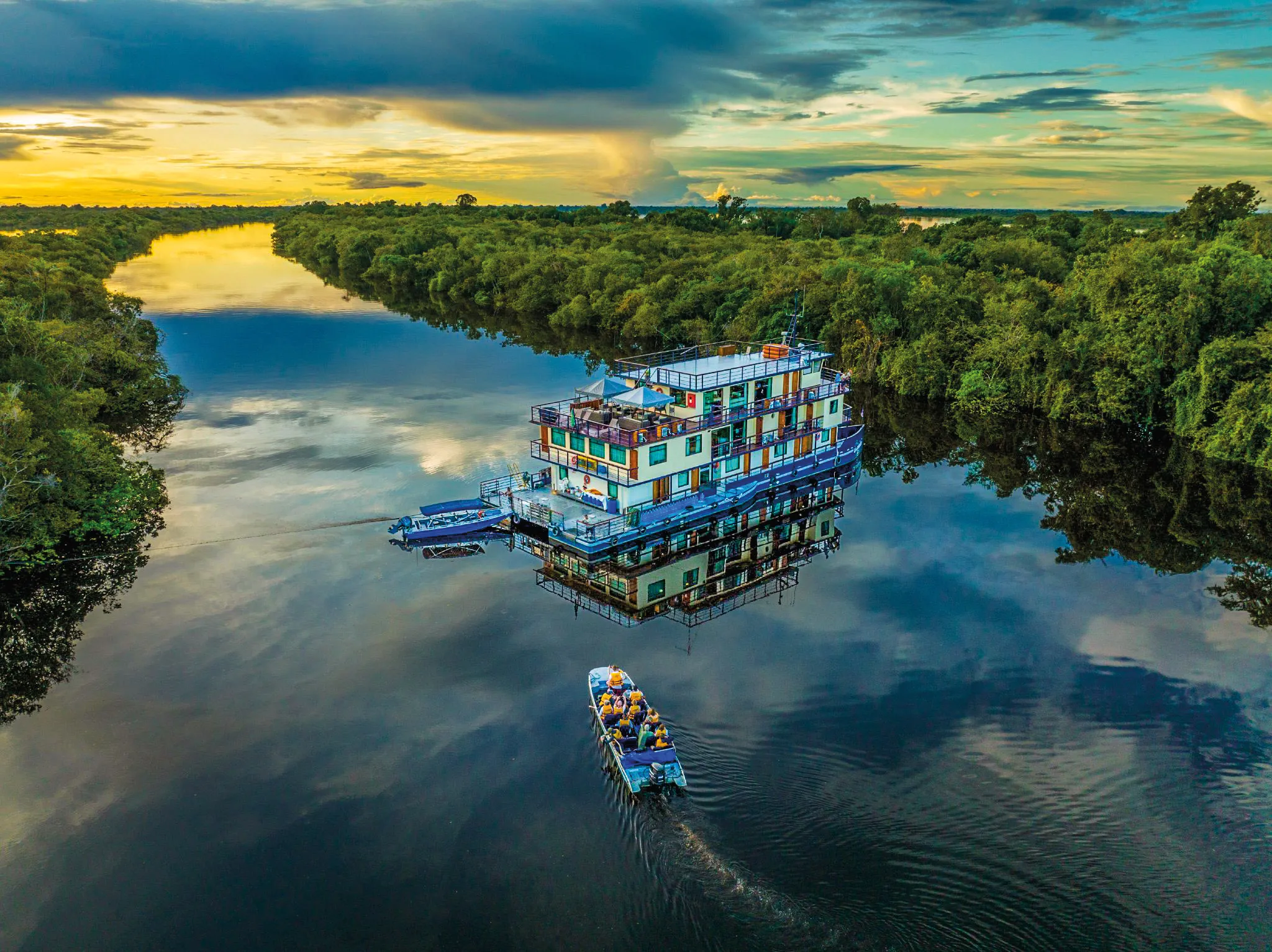
Aboard La Jangada, a 4-anchor boat that combines comfort and charm, set off to discover this region of the world and its treasures for the time of a unique cruise. Built between 2018 and 2019, this catamaran decorated with ipe and cedar, measuring 29 meters in length and 10 meters in beam, has the advantage of a very shallow draft, enabling it to sail up rivers and take on the most secret tributaries. Decorated in a subtle Brazilian style, she has 11 cabins ranging from 15 m² to 20 m², including 6 with private terraces. It will be one of the privileged vantage points overlooking an abundance of tropical nature throughout your voyage.
Set off on an adventure where the forest knows no borders, where thousands of species of plants and animals cohabit to form an ecosystem unique in the world, where the light of early mornings reveals lush, colourful landscapes, and where night is home to mysterious sounds that invite interpretation.
Far from civilization, amidst the hustle and bustle of wildlife and the silence of man, embark on a confidential cruise in the heart of the Amazon rainforest.
